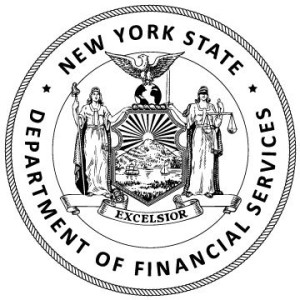Search
The Deadline Looms for New York Cybersecurity Regulations Vendor Compliance Requirements
Posted
 Financial institutions regulated by the New York Department of Financial Services (DFS)—referred to in this post as “Covered Entities”—should by now be well familiar with the department’s sweeping cybersecurity regulation, 23 NYCRR 500, that became effective on March 1, 2017. The regulation delves into a level of detail (e.g., multi-factor authentication and encryption requirements) and requires a level of senior level attention (e.g., annual attestation of compliance, signed by the Board of Directors or a Senior Officer) heretofore unseen in U.S. federal or state regulations.
Financial institutions regulated by the New York Department of Financial Services (DFS)—referred to in this post as “Covered Entities”—should by now be well familiar with the department’s sweeping cybersecurity regulation, 23 NYCRR 500, that became effective on March 1, 2017. The regulation delves into a level of detail (e.g., multi-factor authentication and encryption requirements) and requires a level of senior level attention (e.g., annual attestation of compliance, signed by the Board of Directors or a Senior Officer) heretofore unseen in U.S. federal or state regulations.
 Sourcing Speak
Sourcing Speak


